Speaker Lord Allan Velasco is urging the Senate to pass the bill allowing the use of waste-to-energy (WTE) technologies to help solve the country’s perennial garbage problem.
Velasco said it was high time for the government to consider the adoption of WTE technologies in the treatment and disposal of solid waste as many of the landfills in the country will soon be filled up.
“The huge amount of waste that we produce threatens to overwhelm our landfills and create worse garbage disposal problems,” Velasco pointed out. “Before this happens, we must now look for cleaner and more sustainable method to treat and dispose of solid waste, such as WTE.”
Last November 24, the House of Representatives approved on third and final reading House Bill (HB) 7829 or the proposed “Waste Treatment Technology Act” with close to 200 lawmakers, including Velasco, signing on as principal authors. The Senate version, which was authored and sponsored by Senator Sherwin Gatchalian, is pending on second reading.
The bill aims to allow the use of any WTE technology, including incineration, as long as it does not produce poisonous or toxic fumes.
It seeks to amend Republic Act 8749 or the Clean Air Act of 1999 by repealing Section 20 thereof to allow the use of incineration for WTE purposes.
According to Velasco, WTE technologies convert the waste into energy and thus minimize the amount of trash sent to landfills, which also reduces negative impacts on the surrounding environment.
“WTE facilities provide a safe, technologically advanced means of waste disposal that reduces greenhouse gases and generates clean energy,” said Velasco, who was previously the chair of the House Committee on Energy.
The House chief said WTE is widely recognized as a technology that can help mitigate climate change because the waste combusted at a WTE facility does not generate methane as it would at a landfill.
He said the electricity produced from a WTE facility offsets the greenhouse gases that would otherwise have been generated from coal and natural gas plants.
WTE is widely used in European countries, where there are limited space for landfills. It has also worked to keep trash off the streets and waters in Japan and Singapore.
In the Philippines, the only waste disposal method allowed under RA 9003 or the Ecological Solid Waste Management Act of 2000 is sanitary landfill, which is quite expensive and difficult to build, operate and maintain.
According to government data, only 30 percent of the country’s population has access to sanitary landfills, many of which are close to filling up. The country, meanwhile, generates an estimated 43,700 tons of garbage daily.
Under HB 7829, WTE facilities will be regulated to make sure they are fitted with equipment that will continuously monitor, record and make publicly available the reported data on their emissions or air pollutant concentrations.
Entities using WTE technologies will be required to incorporate in their facilities or operations appropriate material recovery program and their thermal units would only treat wastes at a temperature of not less than 850 degrees Celsius.
Once the bill is enacted into law, the Department of Environment and Natural Resources (DENR) shall be primarily responsible for its implementation and enforcement.
The DENR will be mandated to promote the use of state-of-the-art, environmentally sound and safe technologies for the handling, treatment, thermal or non-thermal destruction, utilization and disposal of residual wastes.
Pursuant to Section 15 of RA 8749, Pollution Research and Development Program shall include the continuous monitoring, evaluation and development of more appropriate air quality guideline values and standards for the treatment of municipal and hazardous wastes, or for the processing of any waste material for fuel.
This article was originally published by PTV.
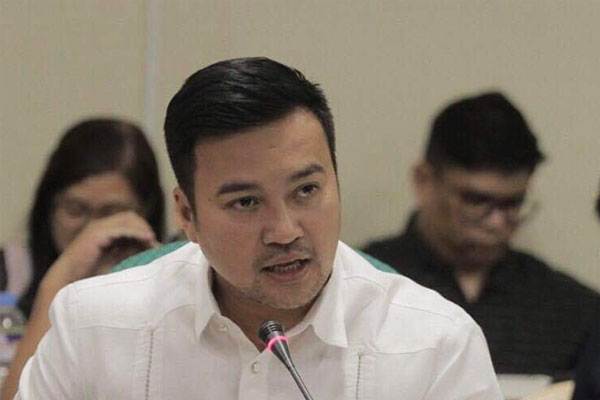
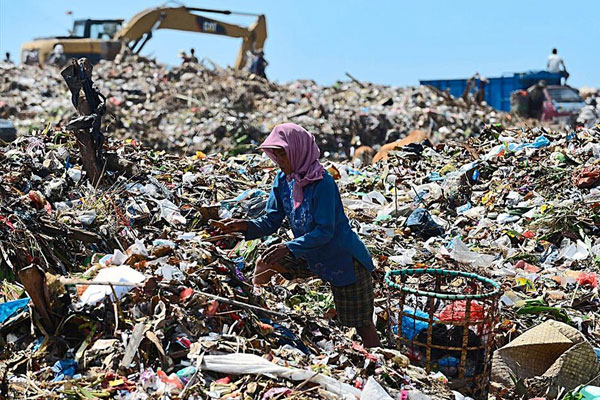

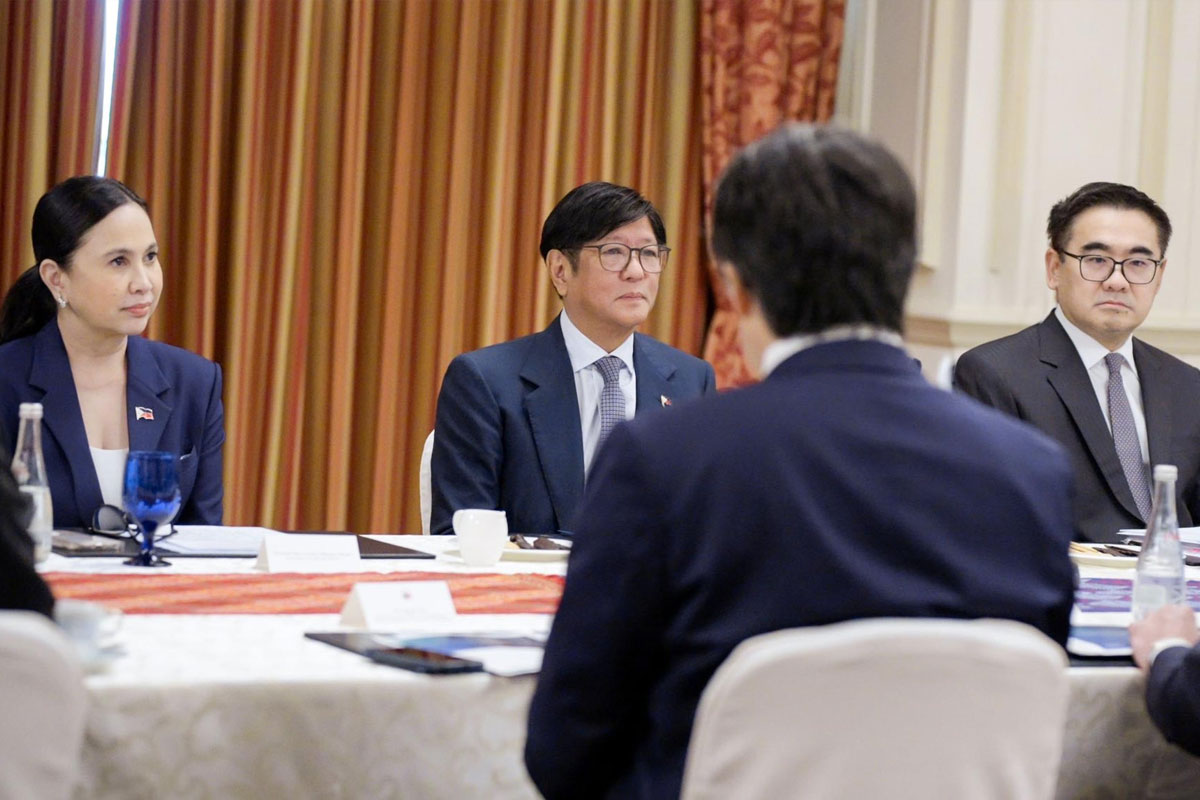
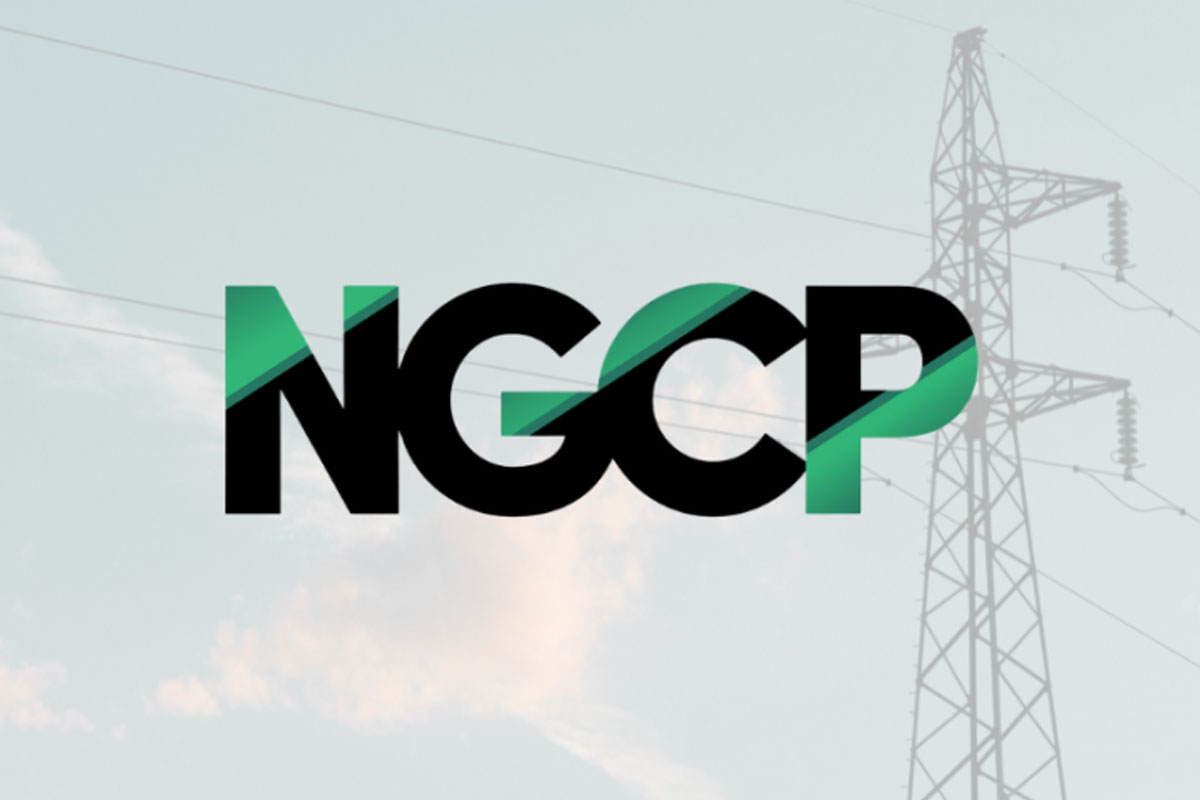
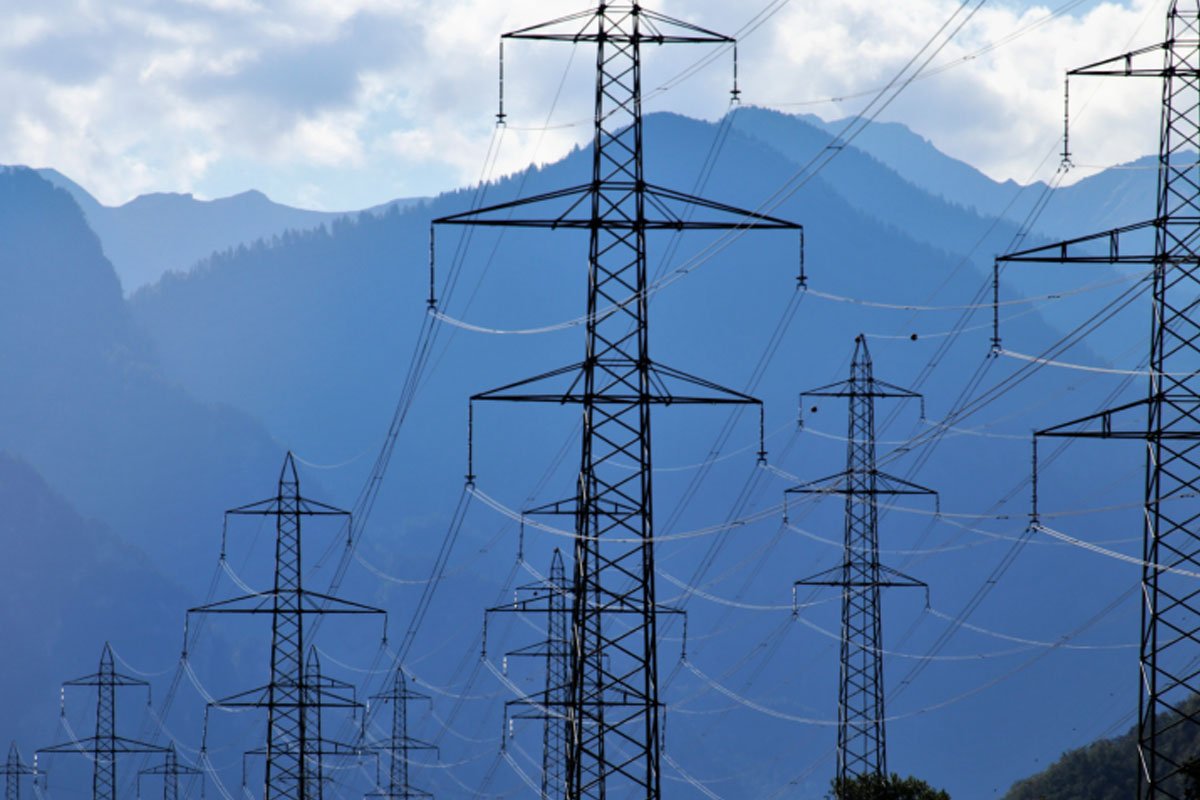
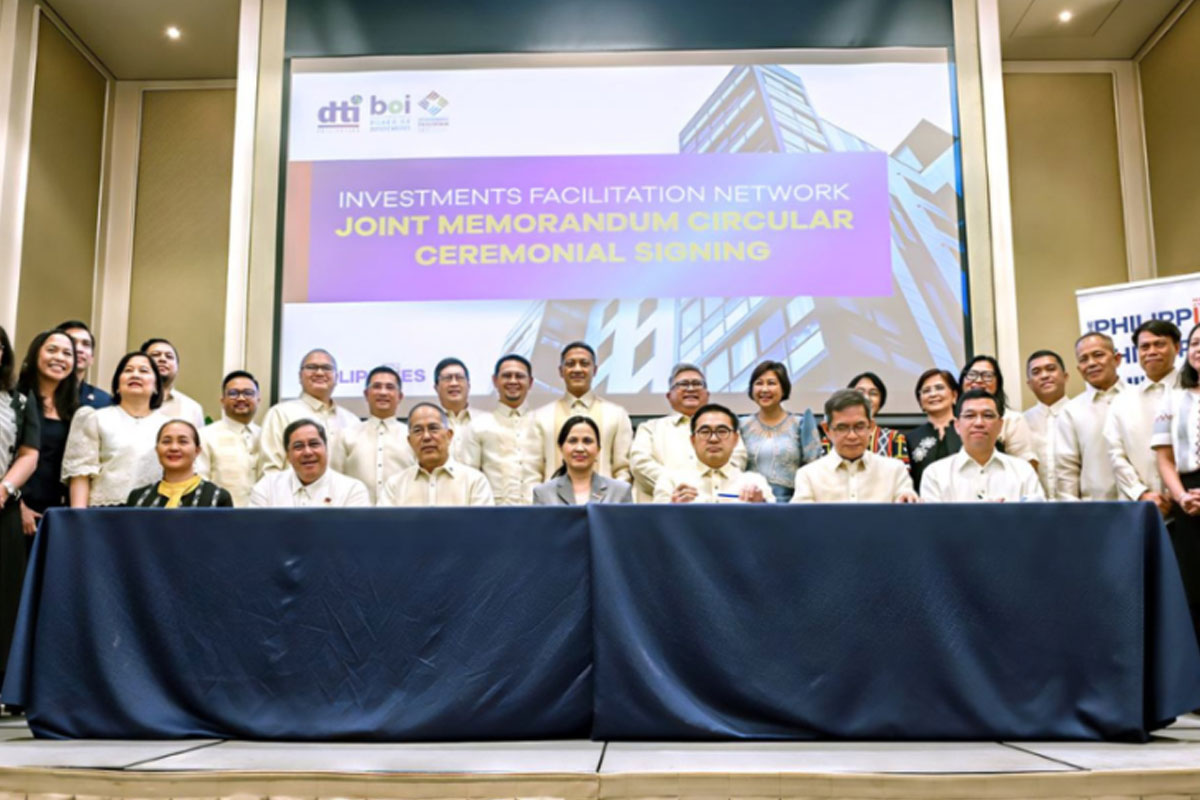
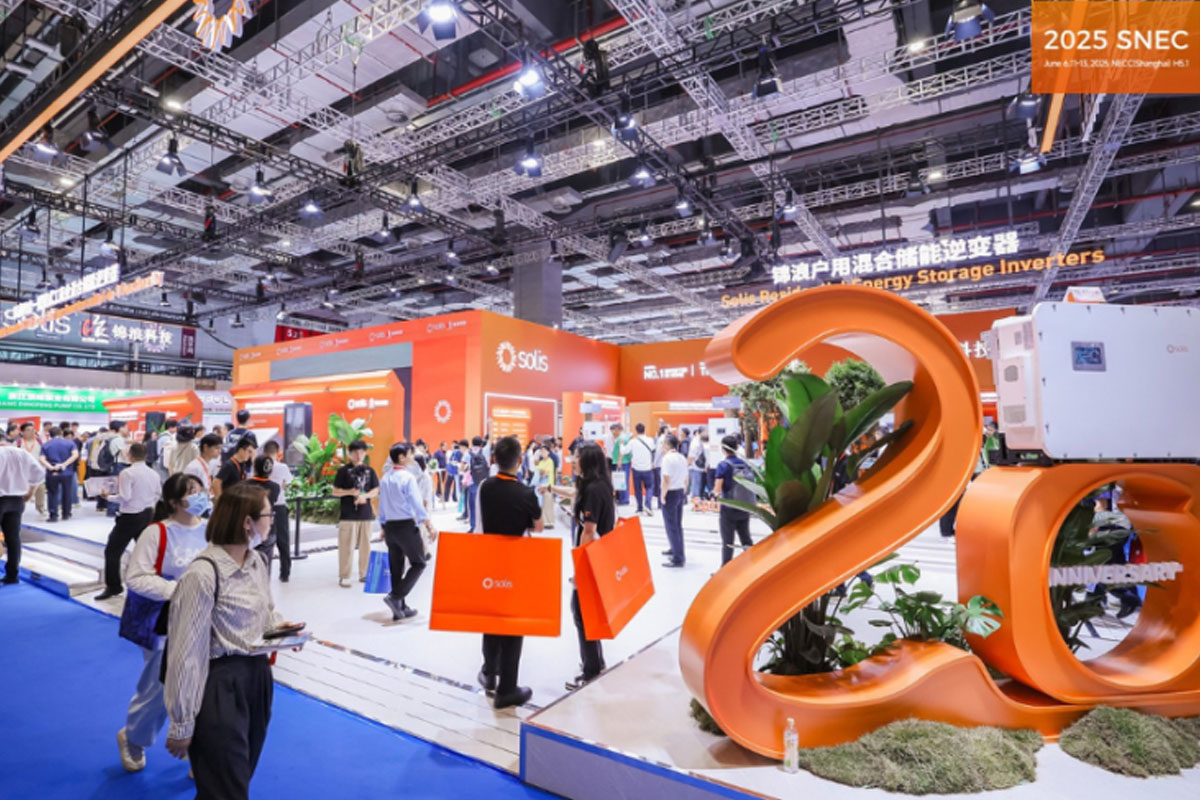
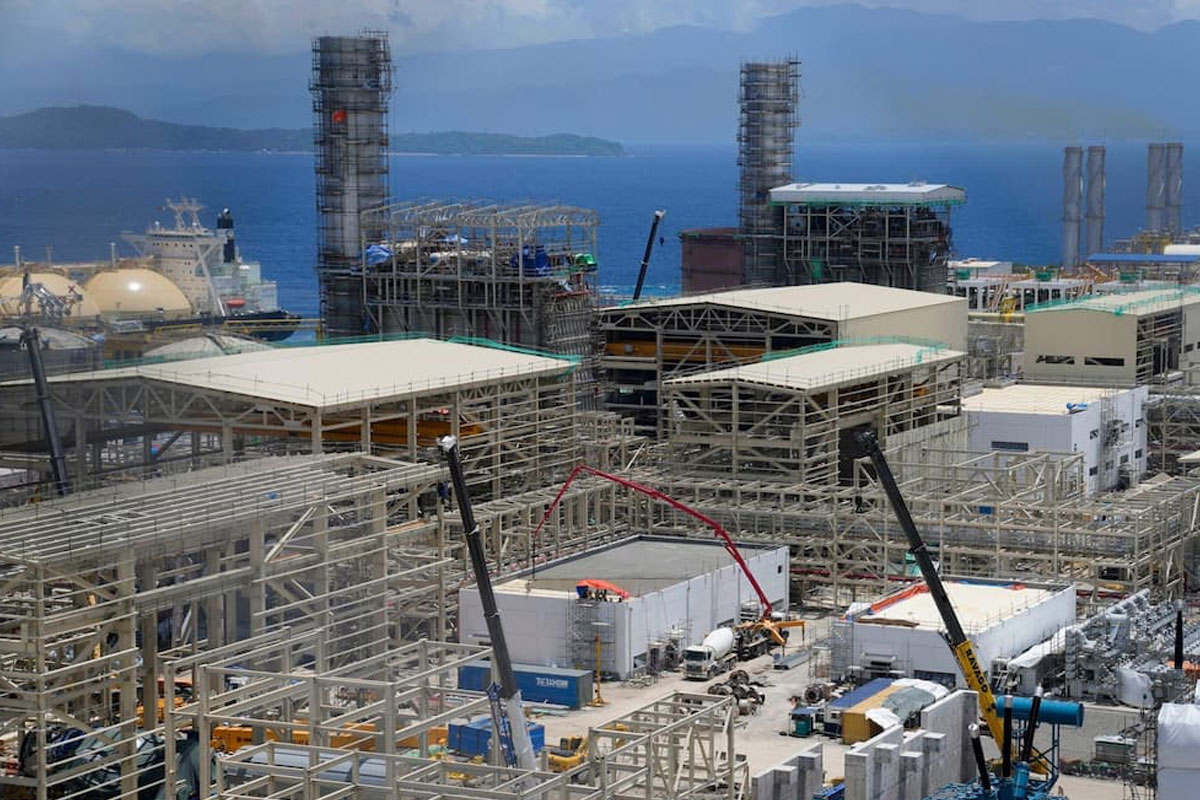
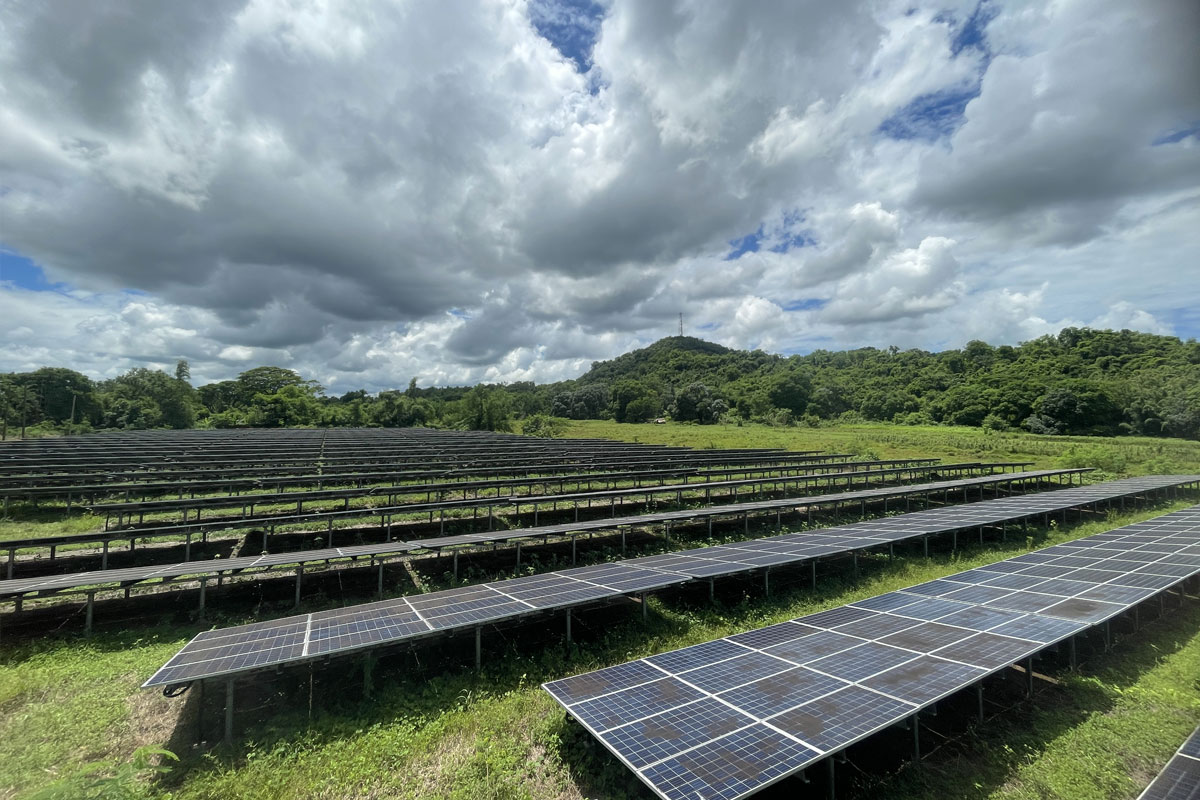

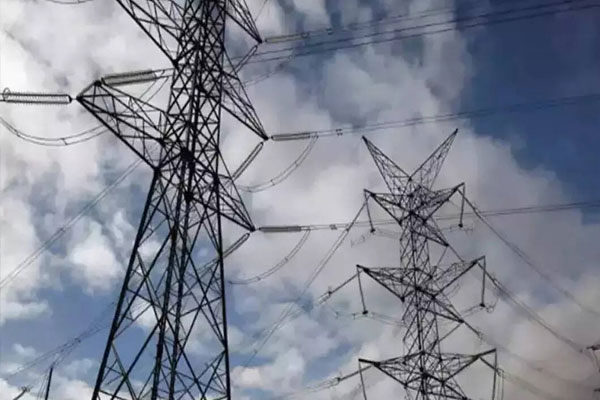
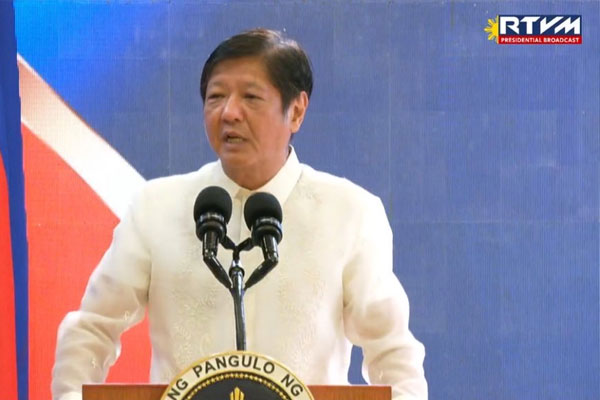

Leave a Comments